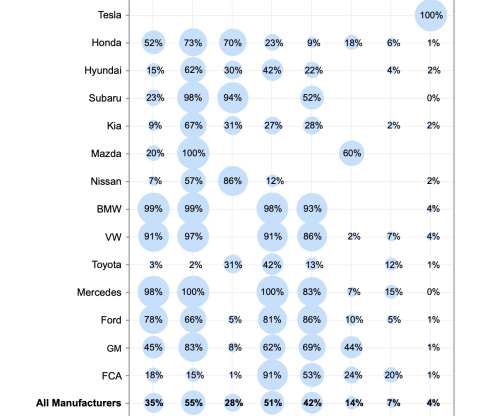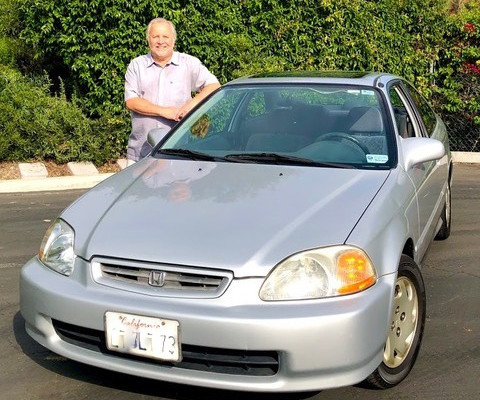2013 Honda Fit EV receives EPA fuel economy rating of 118 MPGe; highest yet
Green Car Congress
JUNE 6, 2012
The 2013 Honda Fit EV ( earlier post ) received a combined adjusted Environmental Protection Agency (EPA) mile-per-gallon-equivalency (MPGe) rating of 118 MPGe—the highest yet awarded by the EPA. City and highway cycle fuel-economy ratings are 132 and 105 MPGe, respectively. Honda Fit EV Efficiency Comparison.







































Let's personalize your content